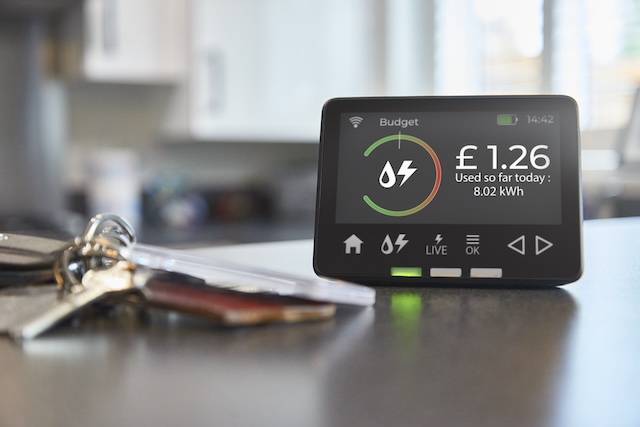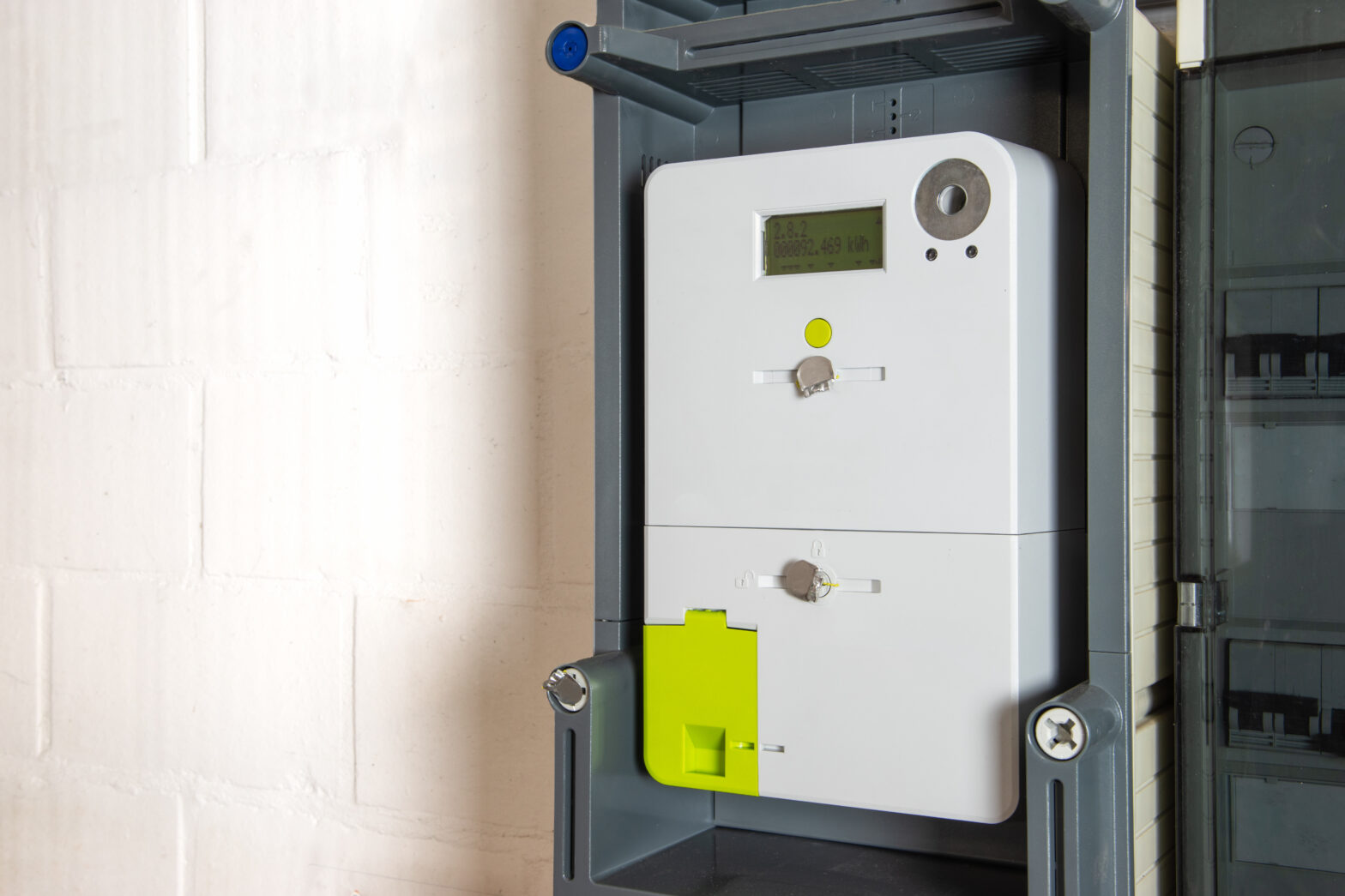It’s a truism in business that you must spend money to make money. Depending on your industry and structure, that might mean investing in IT and software, people, plant, machinery, office space, equipment and more.
An essential trait of any entrepreneur, then,is to balance these outgoings with money coming in and, ideally, end up with a tidy profit. It goes without saying that failure in this area spells trouble for even the most resilient business owners.
The problem of overspend
Chris Bourdeu, CFO at ecommerce fulfilment business byrd, says small businesses should be cognisant of spending, even when the going is good. It’s easy to fork out more than you need to during periods of fast growth when you’re focused on making sales, not counting the pennies.
“Particularly in phases of growth, costs can get out of control as business-owners increase spending to seize high potential growth opportunities,” he argues.
“With financial and accounting infrastructure often not in place yet, management has to make spending calls based on intuition rather than clear ROI-based decision-making processes, often allowing their expenses to spiral out of control.”
Overspend can occur in one-off purchases, for example by failing to find the best deal on an item of capital expenditure or suffering surprise fees, but according to Bourdeu, expenses like these are not normally the biggest risk factor for growing firms.
“Committing to long-term recurring expenses is what high-growth companies with innovative products should be the most cautious about. Leases, permanent hires and subscriptions are typical examples of expenses that should raise red flags for any business owner.”
A good example of where cash can slip through your fingers is in the marketing department, says Asif Ahmed, author of The Finance Playbook for Entrepreneurs, Chartered Accountant and adviser to high-growth businesses.
This is because it’s one area of business where it’s particularly tricky to calculate the direct benefit – or return on investment (ROI) – of any single marketing campaign, because businesses tend to conduct several at the same time.
“It’s not always directly possible to understand which part of your spend is actually working, so there’s no easy way to economise,” he explains. “Management teams are often forced to spend more than they would like to ensure they don’t lose what’s working.”
>Read more: Business expenses: don’t guess if you don’t know the answer
Looking after your pennies
To get a grip on spending, it’s important to get a strong picture of your out goings so you can assess potential savings. From your water provider to social media contractors, make a list of significant expenses and see if there is any low hanging fruit.
“Regularly review what the company is spending and where,” advises Ahmed. “Can savings be made? Are there alternative solutions? Procurement options are often limited for small businesses,but it is worth making sure you’re getting exactly what you pay for.
“Negotiate the most favourable terms with suppliers; even achieving 30-day credit terms can be hugely beneficial rather than having to pay immediately for goods, with a long delay in recouping that investment.”
As a small business, many of these spending decisions will be made on gut instinct, but as you grow there are more opportunities to gather data and make informed, quantitative choices about where money is invested.
“Having a clear view on monthly spend categories is an obvious prerequisite, so implementing and properly configuring financial systems – starting with your banking interface–while keeping things simple and automated, is critical,” says Bourdeu. Investing in smart technology is another way to gather more data and make better decisions. Energy usage, for example, is one area where businesses can switch easily to a clearer system.
Robert Cheesewright, Director of Corporate Affairs at Smart Energy GB, says many small businesses view energy consumption as “a cost that can only be estimated”. But smart meters can track energy use in near-real time, meaning no more estimating, plus receiving accurate bills which give clarity over your spending.
For high-growth businesses, ensure the tools and services you buy will remain cost-effective and useful as your needs diversify. Innovation brings uncertainty, says Bourdeu, so before committing to recurring expenses, make sure revenue streams associated with them are also recurring.
“Before a new revenue stream is secured, in other words when you’re still in a test or trial phase, you’ll want to allocate a specific, time-boxed, one-off spending budget, rather than committing to long-term agreements,” he advises.
In general, it pays to be aware of your costs and keep a handle on what is being spent where. Continually review your business’ budgets for signs of overspend, and, where you uncover evidence, act fast to put things right.
For more information about the benefits of smart meters or to arrange an installation, visit Smart Energy GB or call 020 3019 1000.
This article and video are part of a paid-for information campaign for Smart Energy GB.





